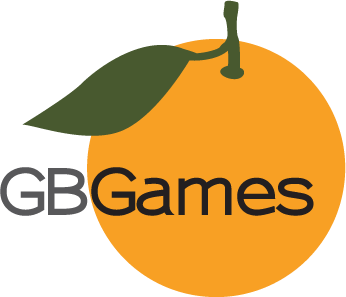I grew up watching television and playing video games. I read books, but not as often as I do now. Somehow, I managed to get honors in high school. If games only allow me to “learn how to shoot cops”, how do so many people who play video games get good grades?
On Game Girl Advance’s Kids Can Learn to Read and Shoot Cops, the question came up: what can games teach us?
I would think that, if the game really gets a young, innocent, prelapserian child interested, then it also makes that child investigate the world of the game further. They might learn something about recent American history.
But maybe this is just me. Am I wrong? As a curious, unofficial poll, what new SAT words or useful skills did video games teach you folks? Have games taught you anything that makes you feel smarter or a better person? Any Trivial Pursuit questions answered correctly because of video games? To paraphrase Senator Schumer, can Johnny learn to read while shooting cops?
For the record, I did get a Trivial Pursuit question correct. Towering Inferno was one of my favorite Atari 2600 games, and I learned years later that it was based on a movie. While playing the DVD Trivial Pursuit, I listened to a mock pitch for a movie that sounded somewhat similar to the game I played. I got a piece of the pie for it. B-)
I also learned what scurvy was due to playing Illusion of Gaia. I remember looking up information on it because the idea of a lack of Vitamin C causing a disease was quite “out there”. Was it just made up for the game, or is it real? I had to find out. I had to learn.
I learned resource management. While I know of at least one person who hates strategy games (“Give me a mission, tell me what to do, and I’ll do it, but keep that crap away from me!”), I loved the intricacies of playing Ghengis Khan 2, Nobunaga’s Ambition, and P.T.O 2, all made by Koei. Real time strategy games like Total Annihilation and Starcraft similarly stressed the importance of resources. When I pack for trips or make plans for events for my LUG, I understand the importance of logistics. Not having enough pizza, underwear, or Medics can make or break your plans.
I also learned about the real-world people featured in the games. Nobunaga’s ambition to unify Japan was real. MacArthur’s famous “I shall return!” and the strategic importance of holding the Philippines were real. The political struggles, the balancing of Army and Navy resources, the value of allies and supply lines and research and intelligence…hundreds of hours watching the History Channel or reading history books doesn’t compare to the experience of watching a turn play out in front of you and knowing that what you did has an impact on the outcome.
What’s more vivid in your mind, reading about how North America was colonized by England, Spain, Holland, and France, or actively trying to keep peace with the Iroquois tribes nearby your main towns while preventing a competing nation from making landfall on “your” shores? Colonization introduced many of the major figures involved in the conquest of the New World in a way that history books just couldn’t.
Even games like Super Mario Bros taught me to tackle problems from multiple angles. You couldn’t find all of the bonuses or power-ups if you didn’t try hitting blocks that “weren’t there” or jumping into a pipe rather than over it. Thinking outside the box was normal in video games.
Games taught me how to be an organizer. Games taught me how to be efficient with limited resources. Games taught me how to experiment with new ideas or methodologies. Games taught me how to work well with others. Games taught me the importance of planning. Games taught me that my decisions can have multiple outcomes and affect many people.
Unfortunately, some people think that all I could have learned from video games is how to be dangerous and destructive.
To be honest, I did cause natural disasters like tornadoes and earthquakes in order to destroy my SimCity, but I distinctly remember cleaning the city back up and making it better than ever. B-)
